The lobster mushroom stands as one of nature's most fascinating and delicious culinary treasures, offering an extraordinary combination of striking appearance and remarkable flavor that genuinely resembles its oceanic namesake. This unique fungus has captivated foragers, chefs, and food enthusiasts worldwide with its vibrant orange-red coloration and distinctive seafood-like taste that makes it a prized ingredient in gourmet kitchens everywhere.
Unlike traditional mushrooms, the lobster mushroom represents a fascinating biological phenomenon where one fungus transforms another, creating something entirely new and spectacular. This comprehensive guide will explore everything you need to know about lobster mushrooms, from identification and foraging to preparation and cultivation possibilities.

What Exactly Is a Lobster Mushroom?
The lobster mushroom (Hypomyces lactifluorum) represents one of nature's most remarkable examples of fungal parasitism. Rather than being a single mushroom species, it's actually a parasitic fungus that attacks and transforms other mushrooms, primarily Russula and Lactarius species, completely altering their appearance, texture, and most importantly, their flavor profile.
This parasitic relationship creates a entirely new organism that bears little resemblance to either the host mushroom or the parasitic fungus in its independent state. The transformation process results in the characteristic bright orange to deep red coloration that gives the lobster mushroom its distinctive appearance and common name.
The Transformation Process
When Hypomyces lactifluorum encounters suitable host mushrooms, it begins colonizing and transforming the tissue, creating a hard, orange-red exterior surface that completely encases the original mushroom. This process fundamentally changes the mushroom's cellular structure, flavor compounds, and nutritional composition, resulting in the unique taste that remarkably resembles cooked lobster or crab.
The parasitic fungus essentially mummifies its host, creating a preserved, transformed organism that can last much longer than typical mushrooms while developing complex flavor compounds that didn't exist in either the host or parasite individually.
Identification and Recognition Features
Visual Characteristics
Lobster mushrooms are among the easiest wild mushrooms to identify due to their unmistakable appearance. The exterior surface displays a brilliant orange to deep red coloration with a characteristic bumpy, coral-like texture that resembles the shell of a cooked lobster. The surface feels firm and slightly rough to the touch, quite different from the smooth caps of most mushroom species.
When cut open, lobster mushrooms reveal a white to pale orange interior that contrasts dramatically with the vibrant exterior. The flesh should appear solid and dense without any hollow spaces or cavities that might indicate decay or insect damage.
Size and Shape Variations
Lobster mushrooms can vary significantly in size depending on their host species and growing conditions. They typically range from 3 to 12 inches in diameter, though exceptional specimens can grow even larger. The shape often reflects the original host mushroom but appears more rounded and compact due to the transformative parasitic process.
The overall form tends to be more irregular and chunky compared to typical mushroom caps, often appearing as dense, colorful masses that can be quite substantial in weight and volume.
Foraging and Harvesting Guidelines
Optimal Foraging Locations
Lobster mushrooms thrive in deciduous and mixed forests where their host species commonly grow. Look for them in areas with rich, well-draining soil under oak, maple, beech, and other hardwood trees. They often appear near the same locations where you might find Russula or Lactarius mushrooms during late summer and fall.
Successful foraging requires understanding the habitat preferences of the host species, as lobster mushrooms will only appear where these mushrooms naturally occur. Focus your search efforts in mature forest areas with established fungal communities and diverse tree species.
Seasonal Timing
The peak season for lobster mushrooms typically occurs from late summer through early fall, roughly August through October in most North American regions. However, timing can vary significantly based on local climate conditions, rainfall patterns, and temperature fluctuations throughout the growing season.
After periods of consistent moisture followed by warm weather, lobster mushrooms often appear in greater numbers. They tend to be more abundant during years with adequate spring and summer rainfall that supports robust growth of their host species.
Harvesting Best Practices
When harvesting lobster mushrooms, use a sharp knife to cut them cleanly at the base, leaving the underground mycelium intact to potentially produce future mushrooms. Carry them in mesh bags or baskets that allow spores to disperse as you walk, contributing to future mushroom populations.
Only harvest specimens that appear fresh and firm, avoiding any that show signs of decay, insect damage, or unusual discoloration. Young, recently transformed lobster mushrooms typically offer the best flavor and texture for culinary applications.
Culinary Applications and Cooking Methods
Flavor Profile and Texture
The most remarkable aspect of lobster mushrooms is their uncanny resemblance to seafood in both taste and texture. When properly prepared, they deliver a distinctly oceanic flavor that closely mimics cooked lobster or crab, complete with similar sweetness and brininess that makes them an excellent seafood substitute.
The texture remains firm and meaty even after cooking, unlike many mushrooms that become soft or mushy. This durability makes lobster mushrooms particularly valuable for dishes that require substantial texture and presence on the plate.
Preparation Techniques
Before cooking, clean lobster mushrooms thoroughly by brushing away any debris and rinsing briefly under cold water. Due to their firm texture, they can handle more aggressive cleaning than delicate mushroom varieties. Cut away any questionable areas and slice them into appropriate sizes for your intended preparation.
The dense texture of lobster mushrooms means they require longer cooking times than most mushrooms to fully develop their flavors and achieve optimal tenderness. Plan for extended sautéing or braising to bring out their best qualities.
Top Cooking Methods
Sautéing: Heat butter or oil in a heavy skillet and cook sliced lobster mushrooms for 8-12 minutes until they develop a golden exterior and tender interior. Season with salt, pepper, and fresh herbs.
Grilling: Large pieces can be grilled directly over medium heat, developing smoky flavors that complement their natural seafood taste. Brush with oil and seasonings before grilling.
Braising: Slow-cook lobster mushrooms in flavorful liquids like wine, broth, or cream-based sauces to create rich, restaurant-quality dishes with complex flavor development.
Roasting: Roast chunks of lobster mushrooms at high heat (425°F) with olive oil and seasonings for 20-25 minutes until caramelized and tender.
Nutritional Benefits and Health Properties
Protein and Amino Acid Content
Lobster mushrooms provide substantial protein content, making them an excellent choice for vegetarian and vegan diets seeking to incorporate complete amino acid profiles. The transformation process that creates lobster mushrooms actually concentrates certain nutrients, resulting in higher protein levels than many traditional mushroom varieties.
The protein quality in lobster mushrooms includes essential amino acids that support muscle maintenance, immune function, and overall metabolic health, making them particularly valuable for active individuals and those following plant-based diets.
Vitamin and Mineral Profile
These unique fungi contain significant levels of B-complex vitamins, particularly B12, which is relatively rare in plant-based foods. They also provide substantial amounts of potassium, selenium, and other trace minerals essential for optimal health and wellness.
The bright coloration of lobster mushrooms indicates the presence of carotenoids and other antioxidant compounds that support cellular health and may provide protective benefits against oxidative stress and inflammation.
Digestive and Immune Support
Like many mushroom varieties, lobster mushrooms contain beta-glucans and other bioactive compounds that support immune system function and promote healthy digestive processes. Regular consumption may contribute to improved gut health and enhanced resistance to common illnesses.
The fiber content in lobster mushrooms supports healthy digestion while providing satiety that can assist with weight management goals and overall dietary satisfaction.
Restaurant-Quality Recipe Ideas
Lobster Mushroom Risotto
Create an luxurious risotto by incorporating diced lobster mushrooms during the final stages of cooking. Their seafood flavor enhances the creamy rice while providing substantial texture and visual appeal. Finish with fresh herbs, parmesan cheese, and a splash of white wine.
Lobster Mushroom Pasta
Sauté sliced lobster mushrooms with garlic, shallots, and white wine, then toss with fresh pasta and cream for an elegant dinner option. The mushrooms' natural seafood flavor eliminates the need for actual shellfish while delivering similar satisfaction.
Stuffed Lobster Mushrooms
Use large lobster mushroom pieces as vessels for stuffing with breadcrumbs, herbs, cheese, and other vegetables. This preparation showcases their substantial size while creating an impressive presentation for special occasions.
Lobster Mushroom Bisque
Transform lobster mushrooms into a rich, creamy soup that rivals traditional seafood bisques. Roast the mushrooms first to develop deep flavors, then simmer with aromatics and cream for a sophisticated starter course.
Growing and Cultivation Possibilities
Home Cultivation Challenges
Unlike many mushroom species, lobster mushrooms present unique cultivation challenges because they require specific host mushrooms to parasitize. This parasitic relationship makes them extremely difficult to cultivate commercially or in home growing situations using traditional mushroom growing methods.
However, advanced mushroom cultivation enthusiasts have experimented with introducing Hypomyces lactifluorum spores to established cultures of suitable host species, though success rates remain variable and unpredictable.
Alternative Growing Approaches
For those interested in growing specialty mushrooms at home, the Lykyn Smart Mushroom Grow Kit offers an excellent opportunity to cultivate other gourmet varieties that share similar culinary applications. While lobster mushrooms remain challenging to grow, this advanced system can successfully produce oyster mushrooms, lion's mane, and other species that offer unique flavors and textures.
The intelligent growing chamber provides precise environmental control that makes it possible to experiment with various mushroom species and potentially create conditions that might support more advanced cultivation techniques in the future.
Future Cultivation Developments
As mushroom cultivation technology continues advancing, the Lykyn automated growing system represents the type of precision equipment that could eventually make challenging species like lobster mushrooms more accessible to home growers. The system's ability to maintain exact environmental conditions offers the best chance for success with experimental cultivation projects.
Safety Considerations and Look-Alikes
Identification Confidence
While lobster mushrooms are generally considered safe and easily identifiable, proper identification remains crucial for safe foraging. The distinctive orange-red coloration and characteristic texture make them relatively unmistakable, but beginners should always consult experienced foragers or mycologists before consuming any wild mushrooms.
Never consume any mushroom unless you are completely certain of its identification. When in doubt, photograph specimens and consult local mycological societies or experienced foragers for confirmation.
Potential Concerns
Occasionally, the parasitic fungus may not completely transform its host, leaving areas that retain characteristics of the original mushroom. Since some Russula and Lactarius species can cause digestive upset, ensure that your lobster mushrooms show complete transformation with uniform coloration and texture throughout.
Always start with small amounts when trying lobster mushrooms for the first time, as individual sensitivities can vary even with commonly consumed mushroom species.
Storage and Preservation Methods
Fresh Storage Techniques
Fresh lobster mushrooms can be stored in the refrigerator for up to one week when properly handled. Wrap them in paper towels or place them in paper bags to absorb excess moisture while allowing air circulation. Avoid plastic bags, which can trap moisture and accelerate spoilage.
Check stored mushrooms regularly and remove any that show signs of deterioration to prevent affecting the remaining specimens.
Long-Term Preservation
Lobster mushrooms preserve well through various methods including dehydration, freezing, and pickling. Dehydrated lobster mushrooms concentrate their flavors and can be rehydrated for use in soups, stews, and sauces throughout the year.
For freezing, blanch sliced mushrooms briefly before freezing to maintain better texture after thawing. Properly frozen lobster mushrooms can maintain quality for up to six months.
Economic and Environmental Impact
Market Value and Demand
Lobster mushrooms command premium prices in specialty food markets due to their unique flavor profile and limited availability. Their seafood-like taste makes them particularly valuable in high-end restaurants and specialty food stores catering to vegetarian and vegan customers seeking seafood alternatives.
The growing demand for plant-based seafood substitutes has increased interest in lobster mushrooms among both commercial buyers and home cooks looking for sustainable alternatives to ocean-harvested shellfish.
Ecological Role
In forest ecosystems, the parasitic relationship that creates lobster mushrooms represents a complex ecological interaction that affects mushroom diversity and forest health. While the parasitic fungus transforms its hosts, it also contributes to nutrient cycling and soil health in forest environments.
Sustainable foraging practices help maintain these ecological relationships while allowing continued enjoyment of these remarkable fungi for future generations.
Seasonal Menu Planning
Fall Harvest Integration
Lobster mushrooms align perfectly with fall harvest seasons, complementing other autumn ingredients like squash, root vegetables, and seasonal herbs. Their substantial texture and rich flavor make them ideal for hearty fall dishes that satisfy changing weather preferences.
Consider incorporating lobster mushrooms into Thanksgiving menus as sophisticated alternatives to traditional ingredients, offering vegetarian guests substantial and flavorful options that compete with turkey and other holiday staples.
Year-Round Applications
When properly preserved, lobster mushrooms can enhance menus throughout the year. Dried versions work beautifully in winter stews and soups, while frozen specimens can be incorporated into spring and summer dishes when fresh varieties aren't available.
Their versatility allows them to bridge seasonal transitions while providing consistent flavor profiles that customers and family members can anticipate and enjoy regardless of the time of year.
Conclusion
Lobster mushrooms represent one of nature's most remarkable culinary gifts, offering an extraordinary combination of visual beauty, unique flavor, and substantial nutritional benefits that make them truly special among wild edible fungi. Their distinctive seafood-like taste, combined with their striking appearance and substantial texture, creates endless possibilities for creative cooking and menu development.
Whether you're an experienced forager seeking new challenges, a chef looking for unique ingredients, or a home cook interested in expanding your culinary horizons, lobster mushrooms offer rewards that extend far beyond typical mushroom experiences. Their parasitic nature makes them a fascinating study in fungal biology while their exceptional flavor makes them a treasured ingredient in gourmet kitchens worldwide.
For those unable to forage their own lobster mushrooms, exploring other gourmet mushroom varieties through advanced growing systems can provide similar satisfaction and culinary adventure. The key to enjoying lobster mushrooms lies in proper identification, careful preparation, and creative cooking methods that highlight their unique characteristics while respecting their natural complexity and remarkable flavor profile.

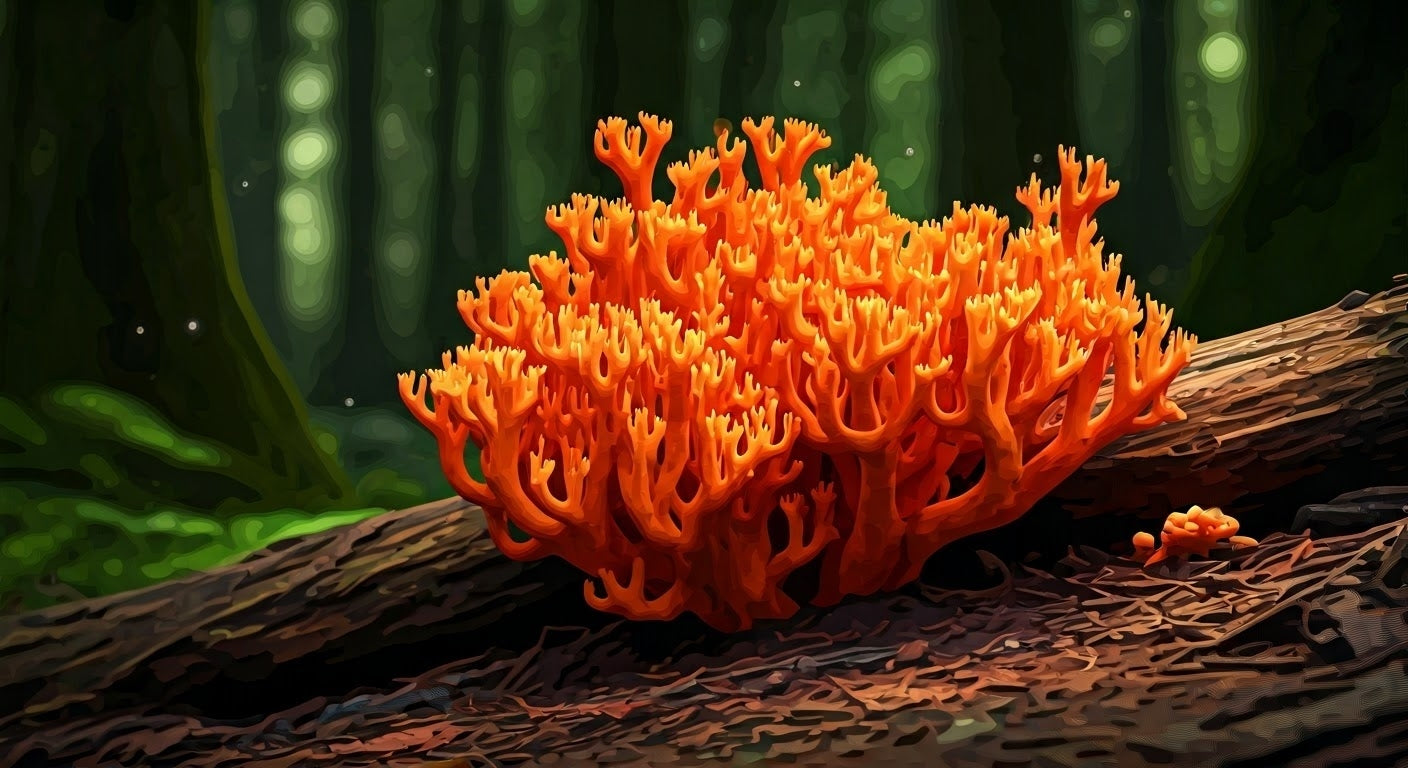
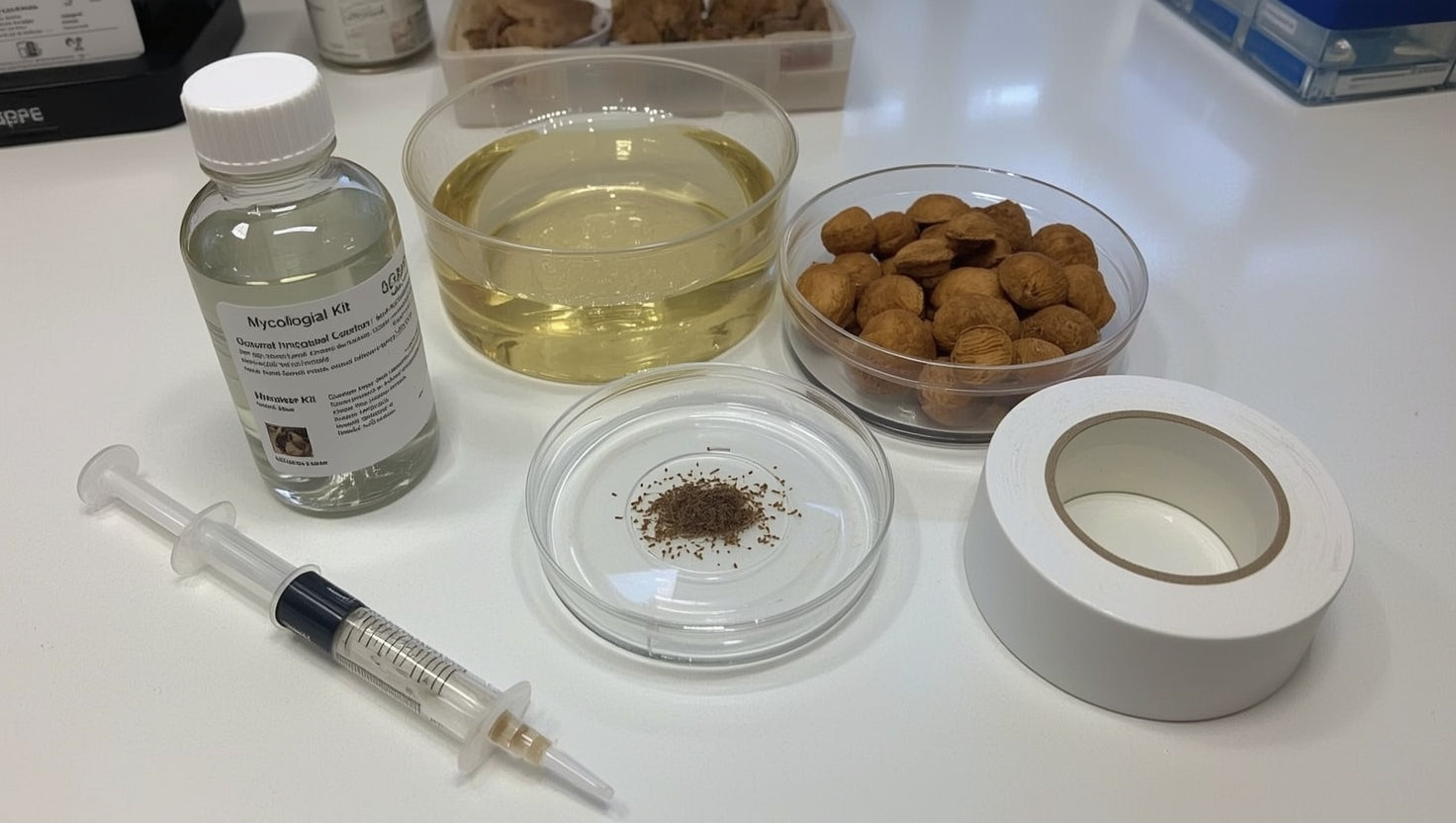
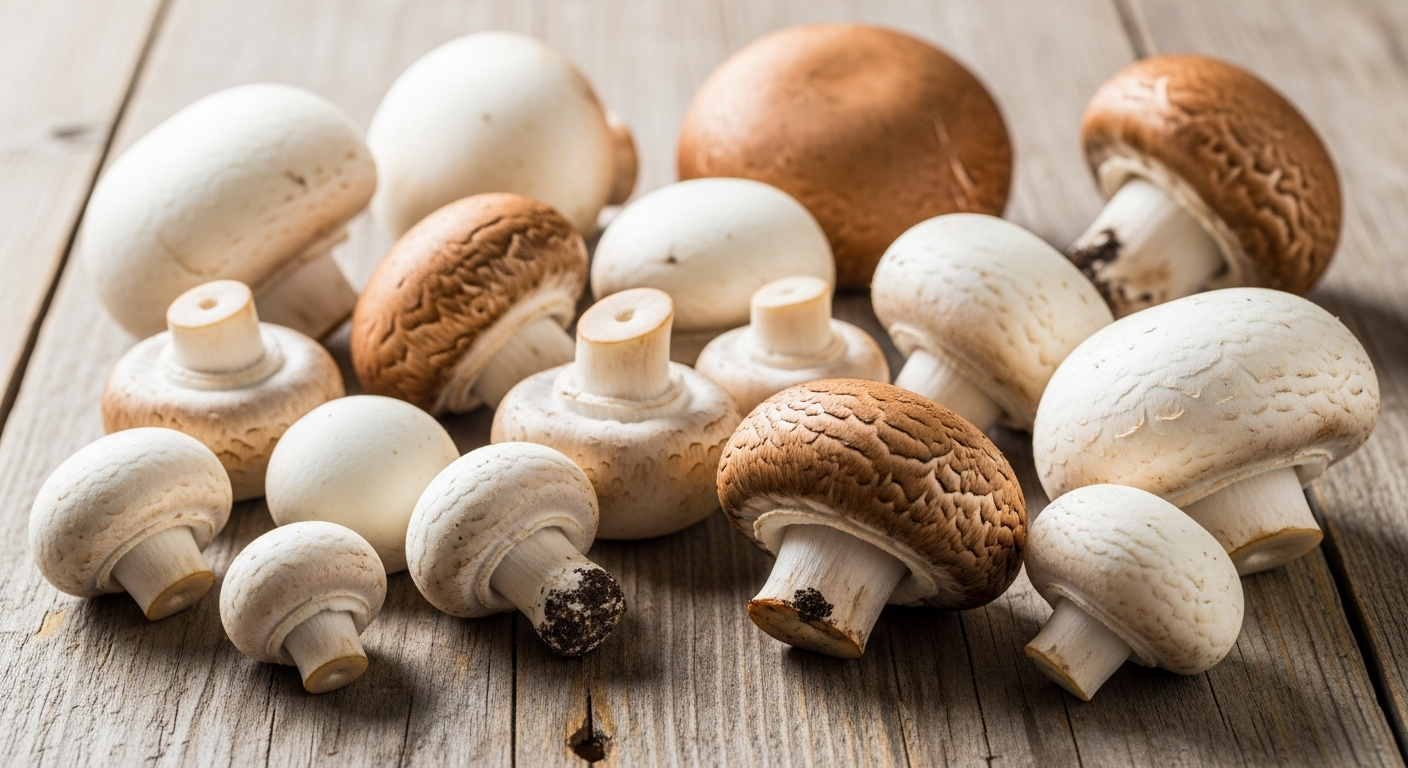
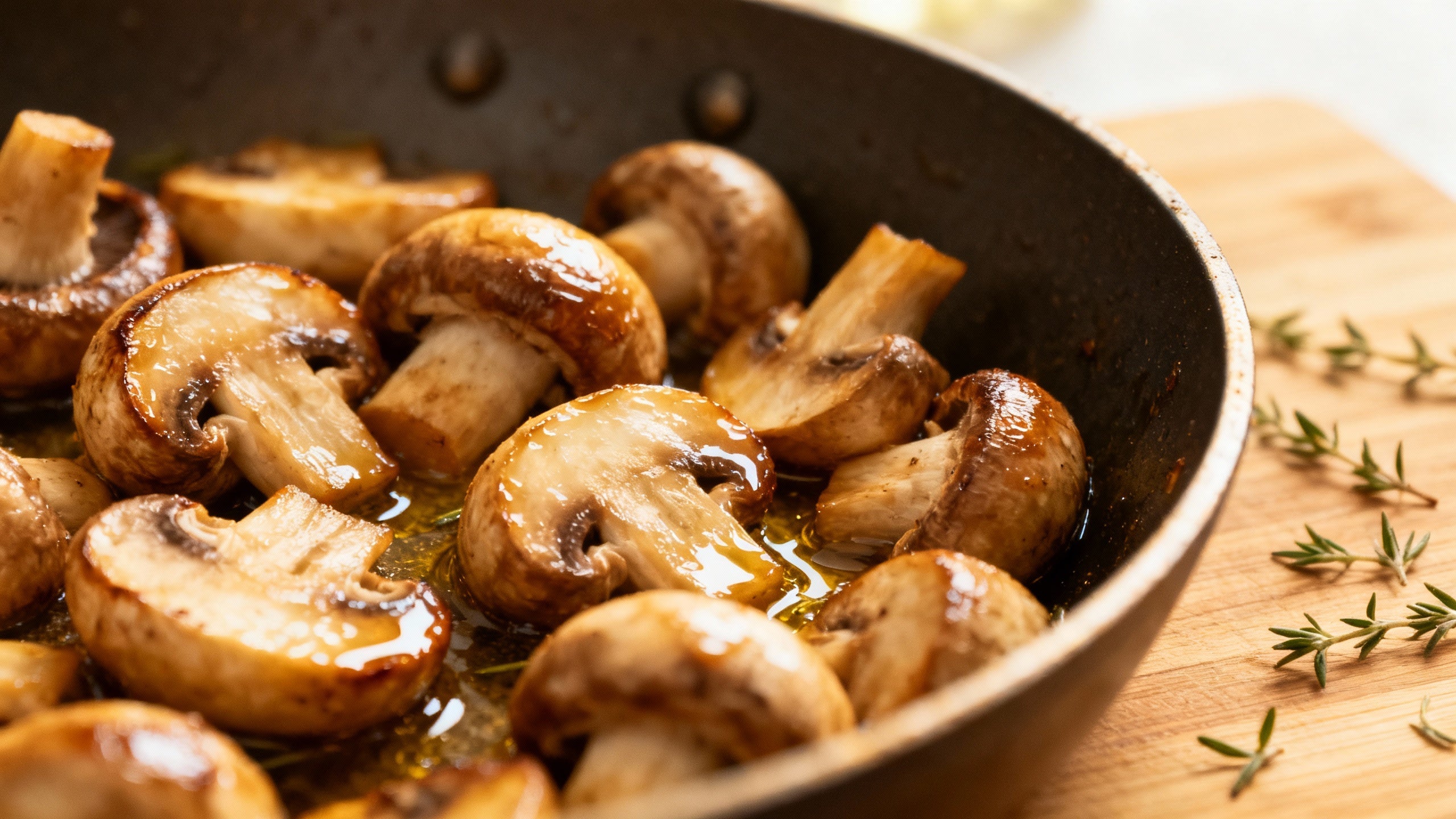
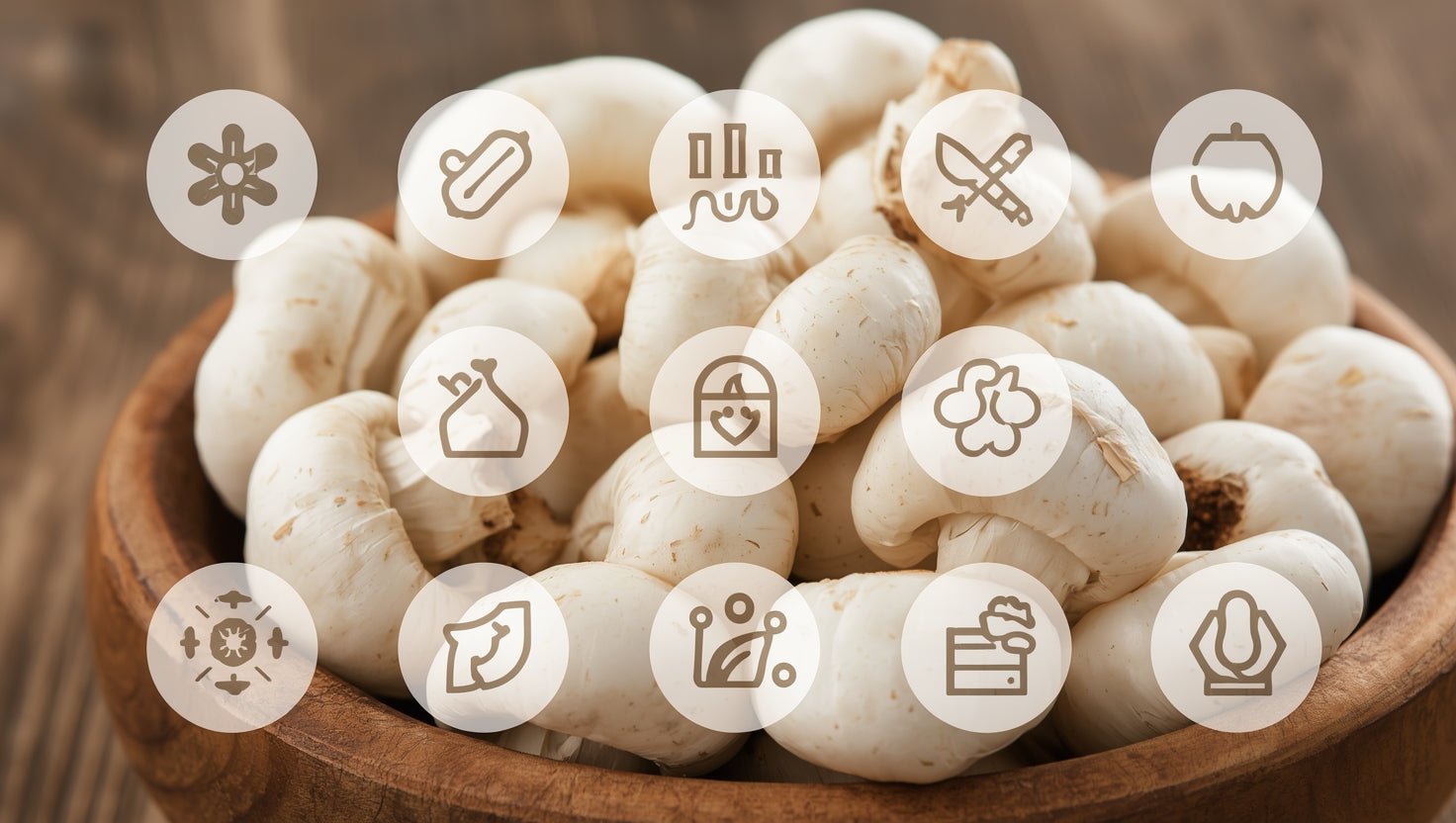
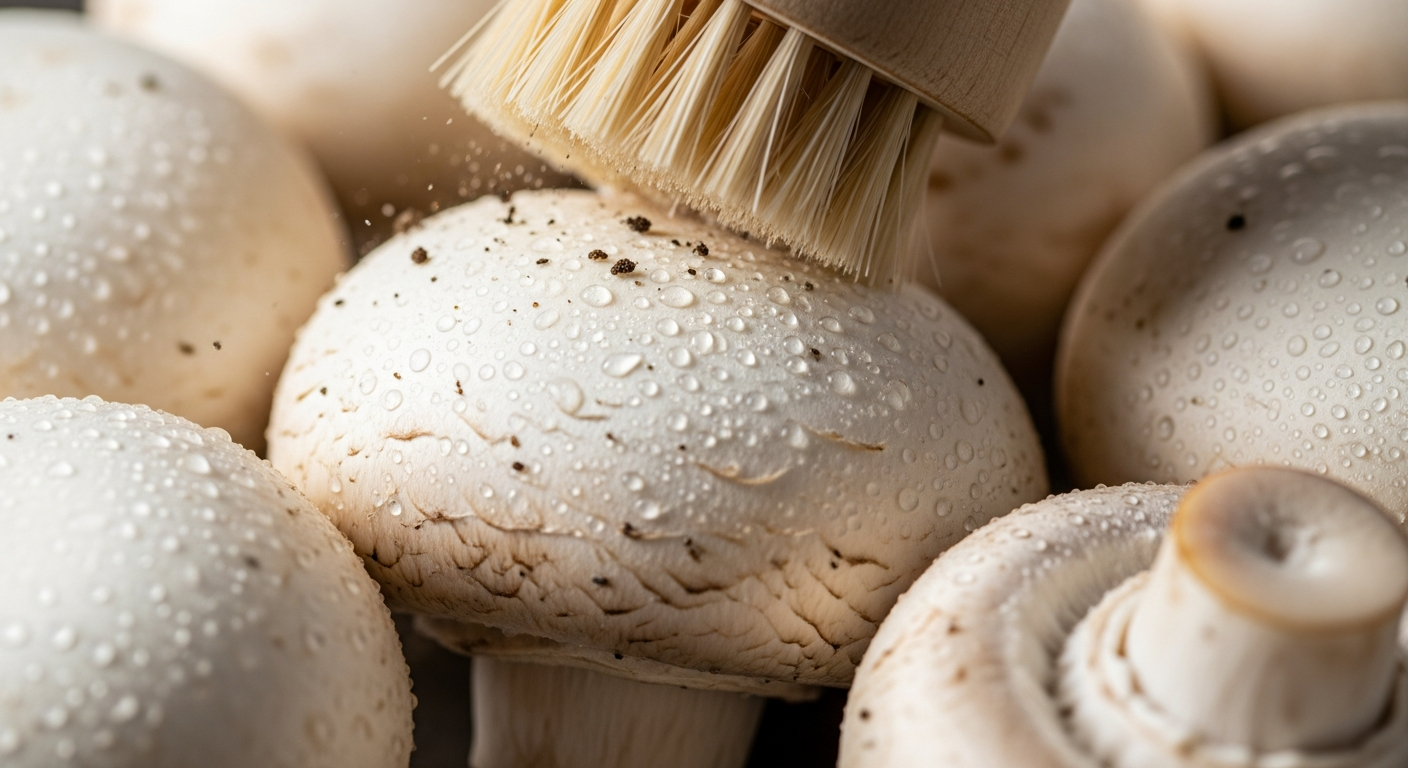
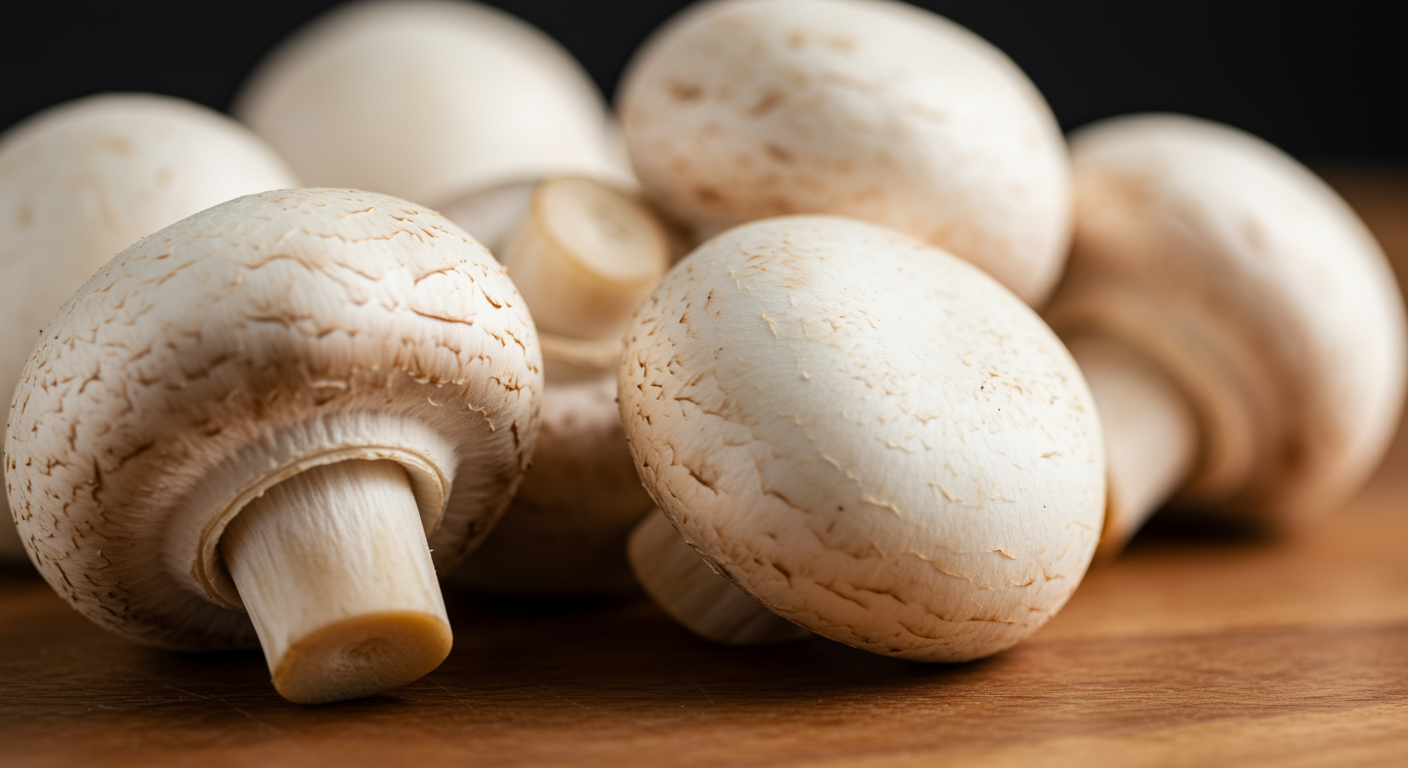
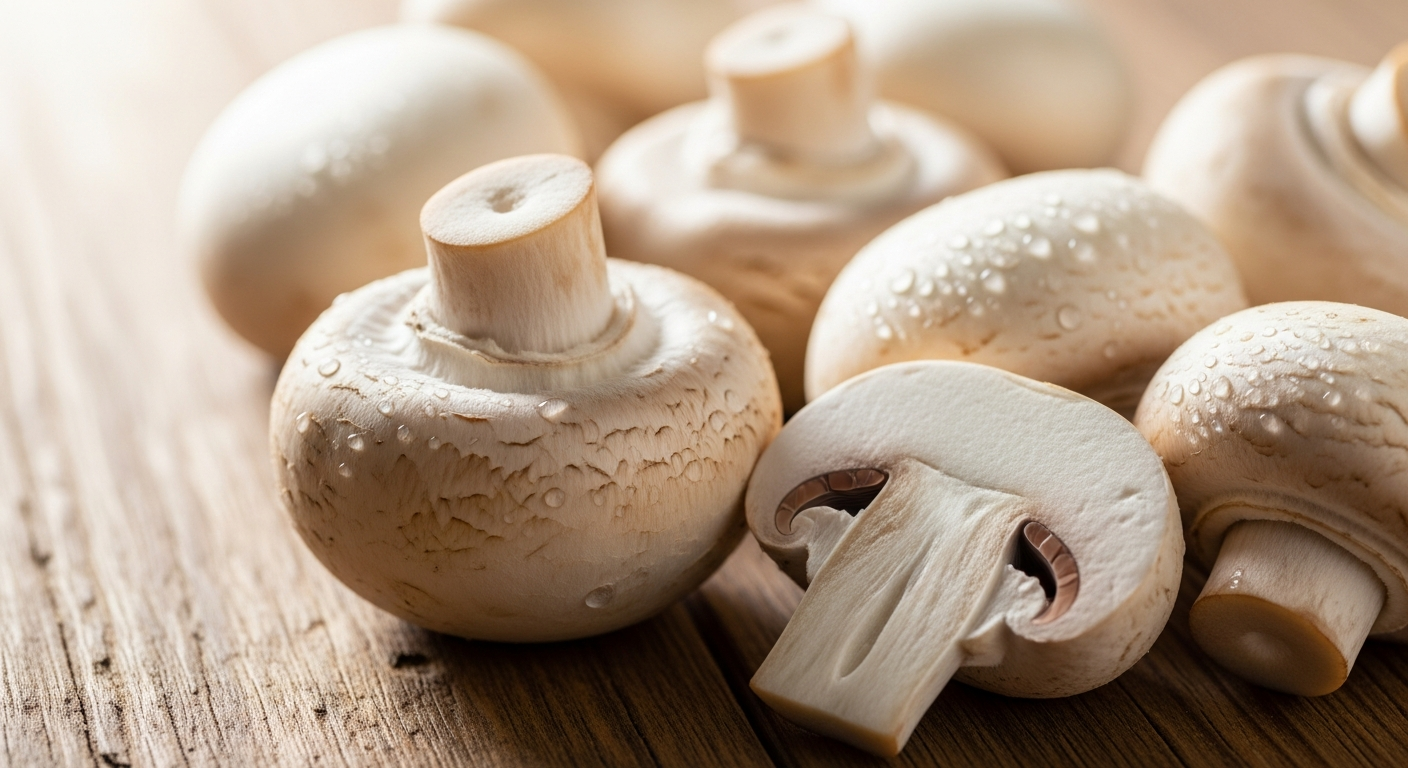
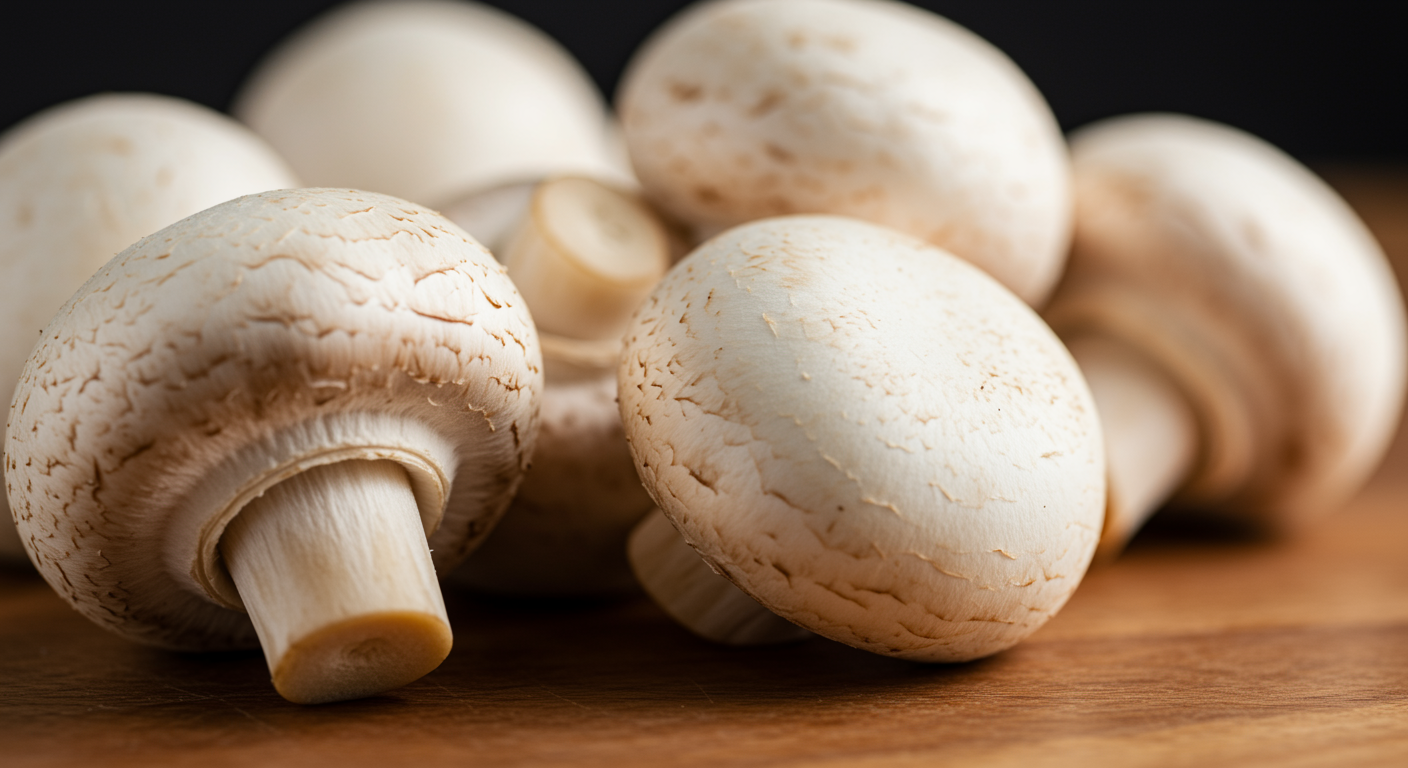
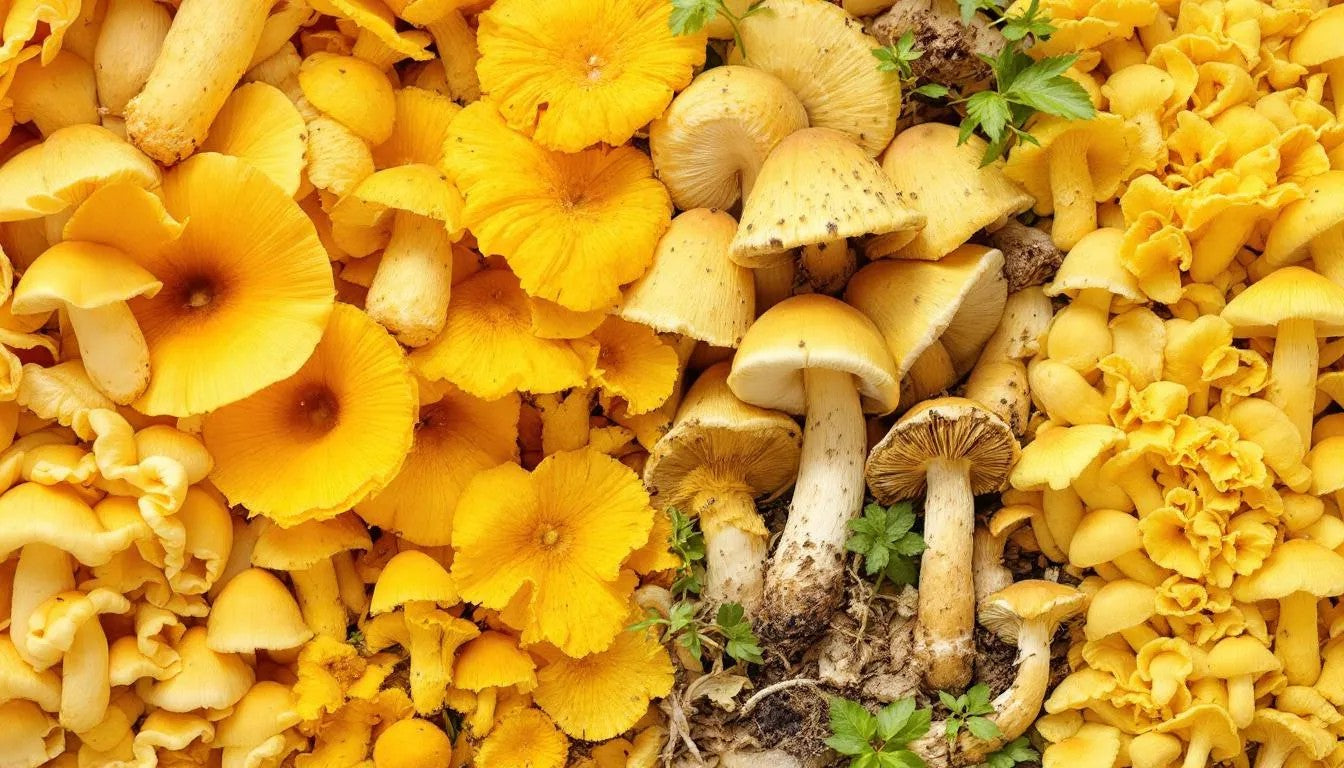

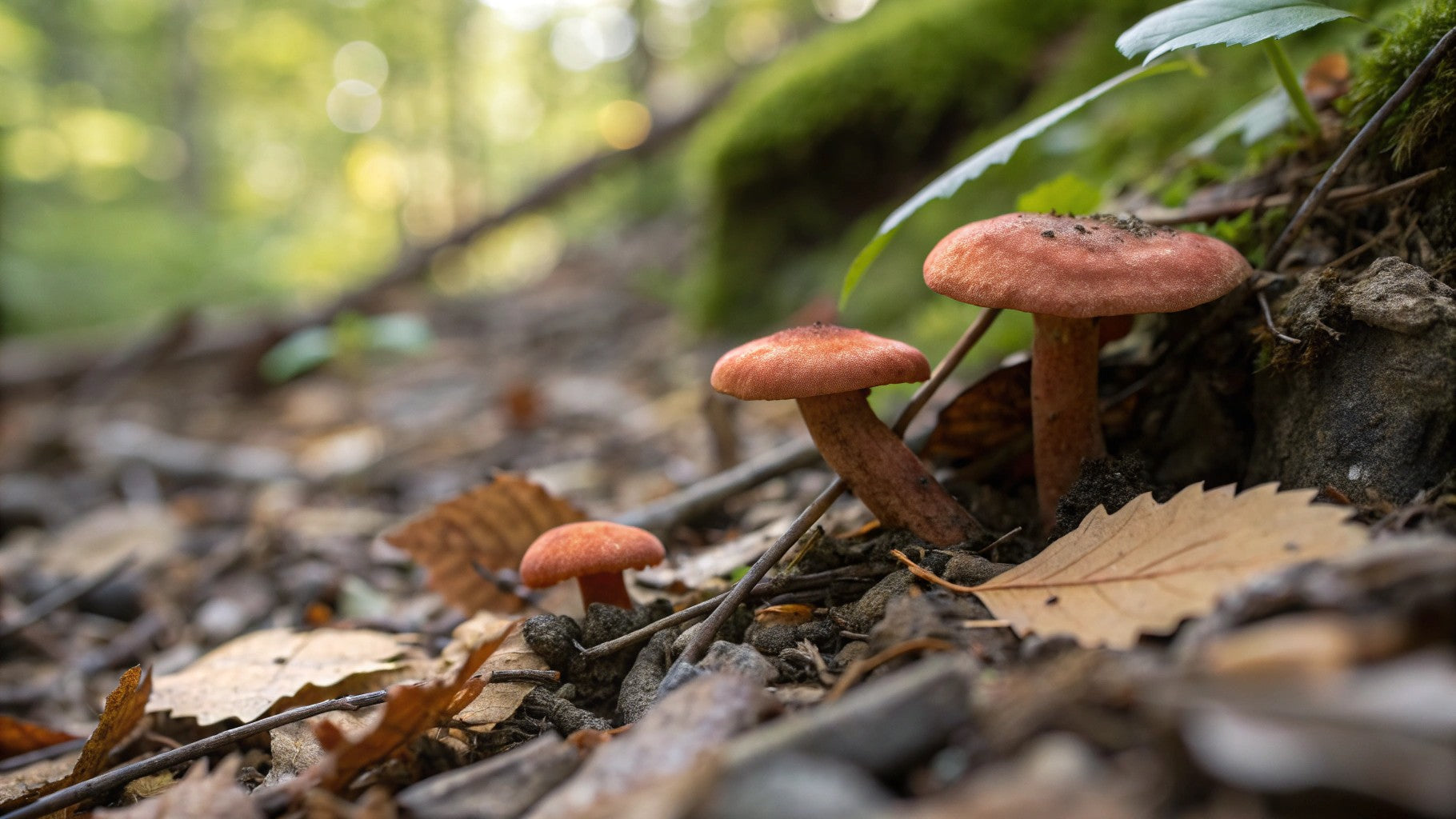
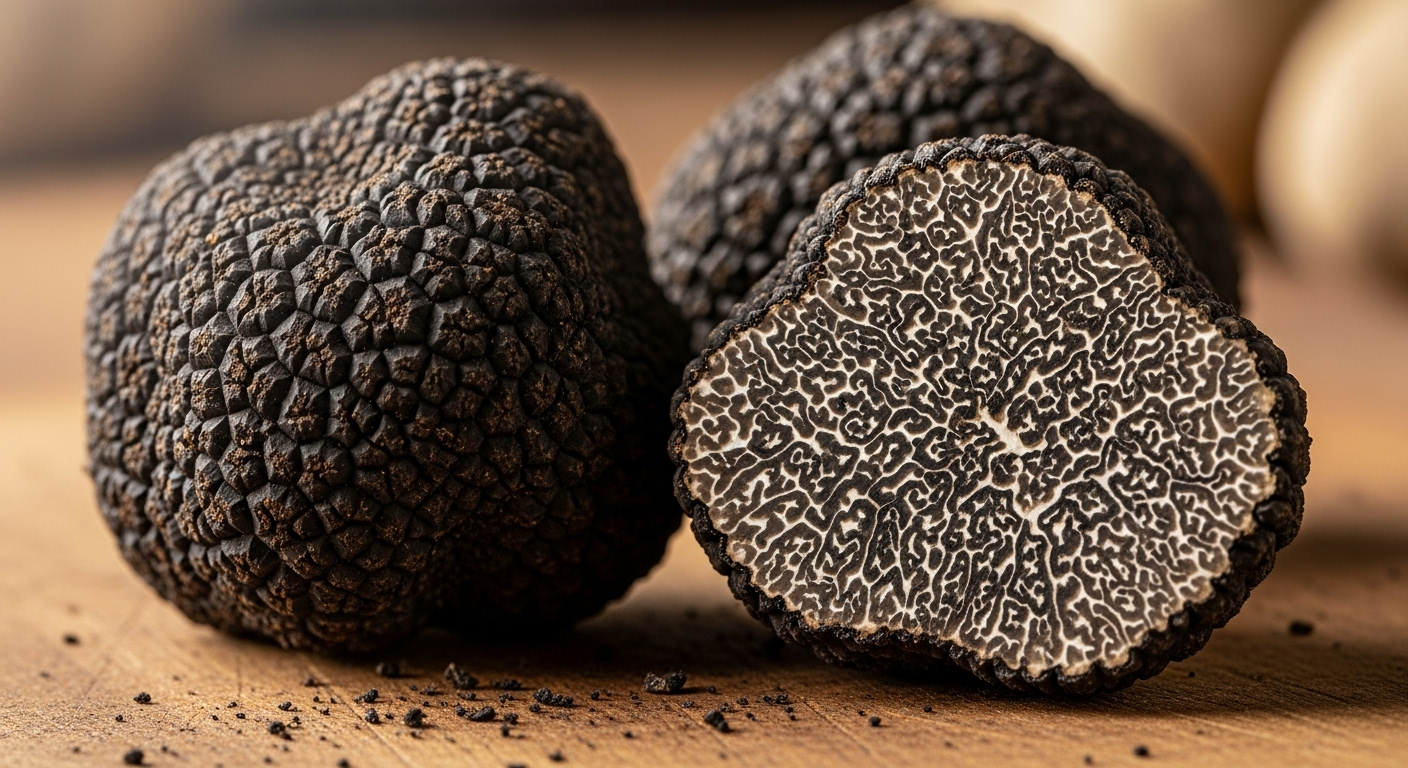
Share:
Frying Oyster Mushrooms: A Crispy and Tasty Guide
How Do You Grow Mushrooms: The Complete Guide to Home Mushroom Cultivation